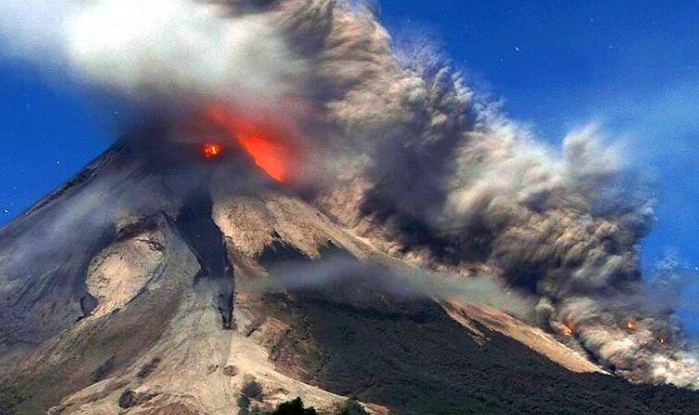Volcanoes are one of nature’s most destructive forces, capable of causing widespread devastation and loss of life. Understanding the science behind these catastrophic eruptions is crucial in order to better prepare and mitigate their impact.
The Anatomy of a Volcano
Volcanoes are formed when molten rock, or magma, rises to the Earth’s surface. This magma can come from deep within the Earth’s mantle or from a chamber of molten rock beneath the surface. As the magma rises, it can build up pressure, eventually causing an eruption.
Types of Eruptions
There are several types of volcanic eruptions, each with their own characteristics and levels of destruction. Explosive eruptions, such as those seen at Mount St. Helens in 1980, are the most violent and can send ash, rock, and gases miles into the atmosphere. Effusive eruptions, on the other hand, are more gentle and involve the slow release of lava.
The Impact of Volcanic Ash
Volcanic ash is one of the most dangerous aspects of an eruption, as it can travel quickly and settle over vast areas. Ash can disrupt air travel, contaminate water supplies, and pose a serious health risk to humans and animals. It can also cause roofs to collapse under its weight and damage crops and infrastructure.
Predicting Volcanic Activity
While it is impossible to predict exactly when a volcano will erupt, scientists can monitor volcanic activity and look for signs of an impending eruption. This can include changes in gas emissions, seismic activity, and ground deformation. By understanding these warning signs, authorities can evacuate at-risk populations and implement emergency response plans.
Mitigating the Impact
In order to mitigate the impact of volcanic eruptions, communities located near active volcanoes should have emergency plans in place. This can include evacuation routes, shelters, and communication systems. Buildings and infrastructure should be designed to withstand ashfall and pyroclastic flows, and residents should be educated on the dangers of volcanic activity.
Overall, understanding the science behind volcanic eruptions is key to reducing their deadly impact. By monitoring volcanic activity, predicting eruptions, and implementing emergency response plans, we can better prepare for and mitigate the devastating effects of these natural disasters.

